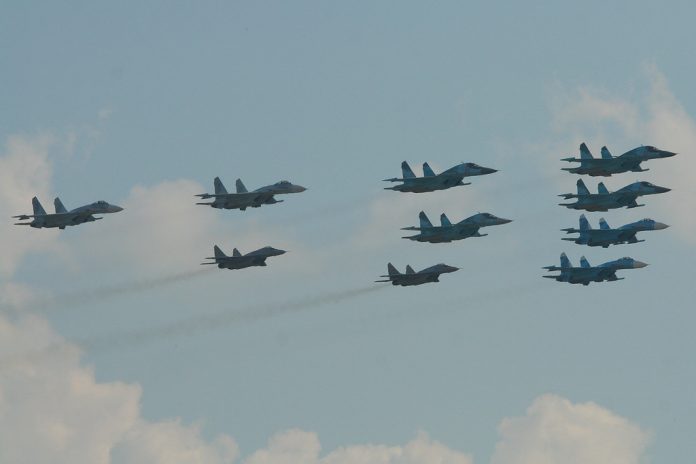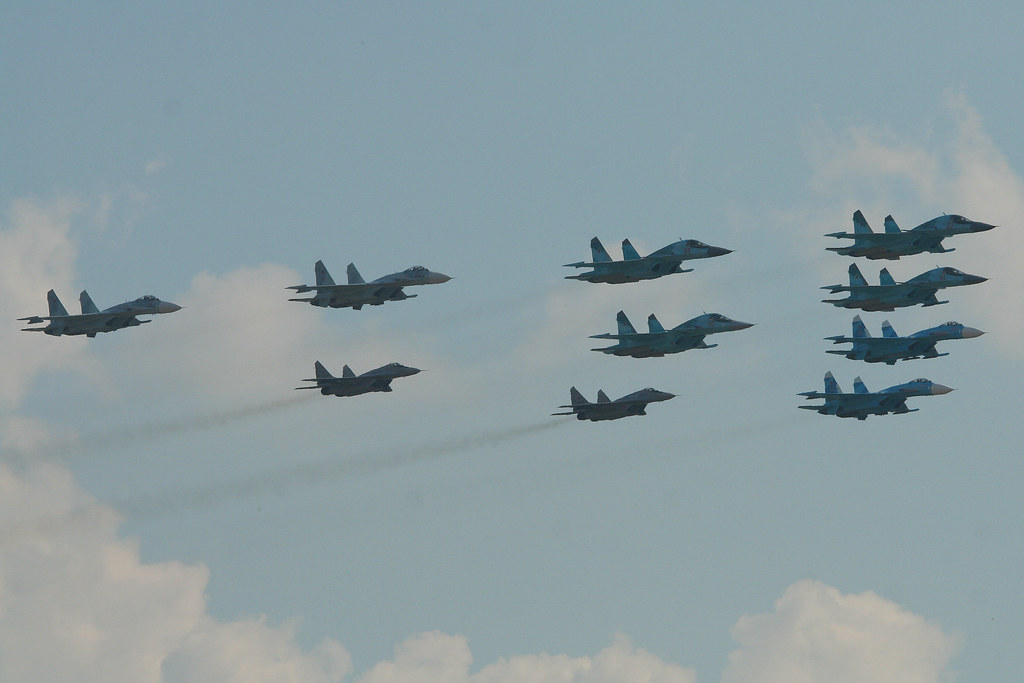
It started not with engines roaring, but with the stealthy exactness of a strategy implemented months in advance. In April and June 2025, Ukrainian agents penetrated deep into Russian territory, attacking the very center of Moscow’s air power. These were not random strikes these were deliberate blows, targeted against highly valued military holdings that represent both tactical prowess and political authority.
The downing of a Russian Su-30SM fighter in Rostov-on-Don and the blanket “Operation Spider’s Web” drone attack on strategic bomber bases have unveiled more than acts of battlefield gallantry. They have unveiled weaknesses in Russia’s defenses, shown the disruptive power of low-cost technologies, and signaled a change in the way wars can be fought in the next decade.
What follows are seven main takeaways from these operations lessons that shine not just on Ukraine’s creativity but on the changing face of modern air warfare as well.
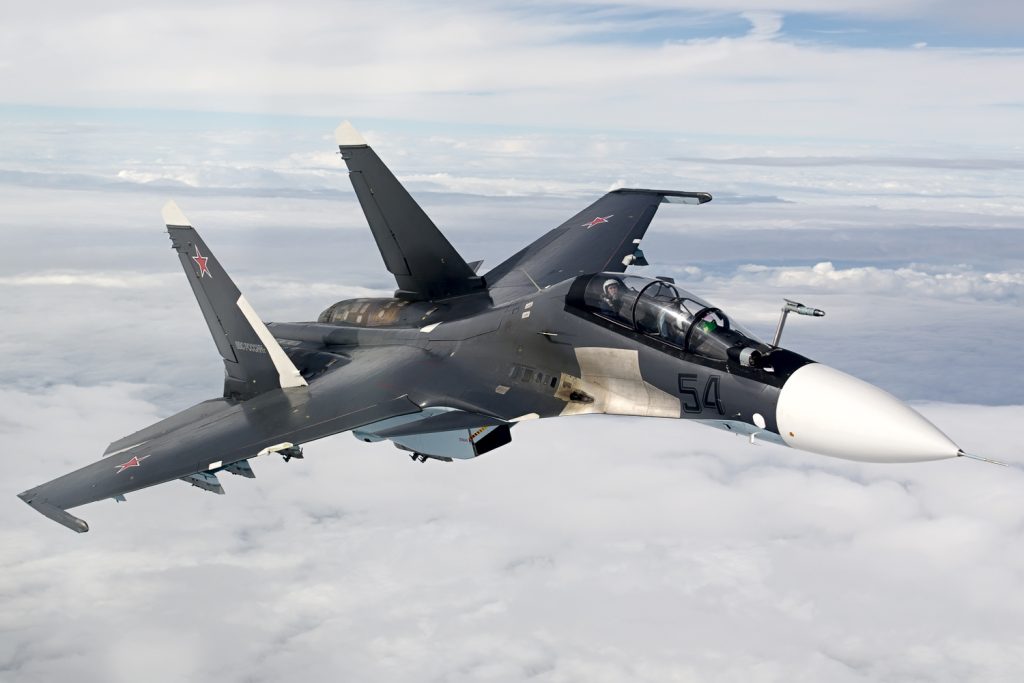
1. A $50 Million Fighter Lost in Rostov
On April 24, 2025, Ukraine’s Main Directorate of Intelligence reported that Russian Su-30SM fighter aircraft tail number 35 was destroyed at central airbase Rostov-on-Don. The agency called it “another act of resistance against Putin’s criminal regime inside Russia,” per Ukrinform. The Su-30SM, which cost about $50 million, is a twin-seat, multirole fighter with thrust-vectoring engines, phased-array radar, and the ability to carry up to 8 tons of ordnance.
Rostov-on-Don is not merely another airbase it is the strategic center for Russia’s southern military district, and so the strike is both tactically embarrassing and symbolically important. Defense Express also reported that striking such a base “demonstrates that even within the Russian heartland, resistance is gaining ground.” Although Russian sources have questioned whether the destroyed plane was a Su-30SM or an older Su-27, satellite photos quoted by open-source analysts indicated new burn marks at the facility.

2. Operation Spider’s Web
Operation Spider’s Web was a multi-theatre deep strike operation initiated by Ukraine on June 1, 2025. Ukraine conducted a coordinated drone attack on four major Russian air bases Olenya, Diaghilevo, Belaya, and Ivanovo stretching from the Arctic to Siberia. The Security Service of Ukraine asserts that more than 40 high-value aircraft, including Tu-95MS bombers, Tu-22M3s, Tu-160s, and scarce A-50 AWACS aircraft, were damaged or destroyed.
Planning had allegedly started 18 months prior to this, with 150 tiny strike drones and 300 explosive warheads secretly smuggled into Russia. Drones were being hidden in wooden huts on lorry containers, launched from roadside locations just off the bases. By evading long-range defenses such as Pantsir and S-300 systems, the operation proved that even distant rear-area assets are not out of reach.

3. Using Civilian Infrastructure as a Weapon
Perhaps the most dramatic feature of Spider’s Web was its deployment of Russian civilian telecommunications and logistics networks. Unaware Russian truck drivers transported the camouflaged launch sites to preassigned locations. The drones were thereafter commanded remotely through 4G/LTE links, without the necessity for in-country operators.
This strategy made Russia’s large geography and infrastructure into weaknesses. As Ukrainian forces used fuel stations and roadside laybys as launch sites, they exposed a key vulnerability: the dual-use status of civilian systems in contemporary war. Such usage makes defense planning more difficult, as it muddles the distinction between civilian and military spheres.
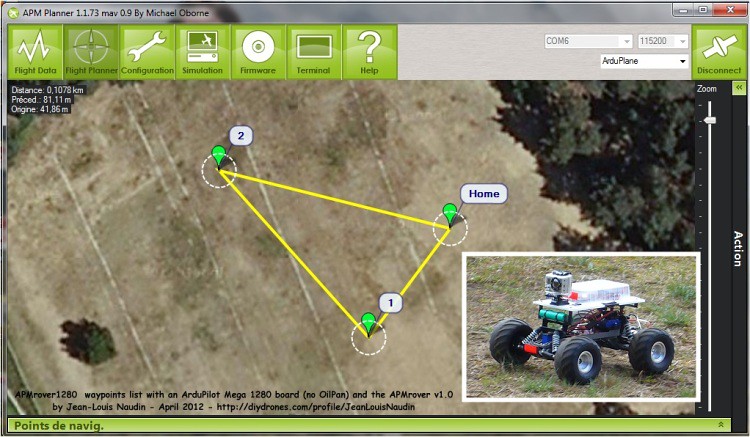
4. AI-Enhanced Targeting for Surgical Strikes
The drones employed in Spider’s Web were not simply remote-controlled. Coupled with ArduPilot open-source autopilot software and miniature onboard computers, they provided sophisticated flight stabilization and waypoint navigation. In Ukrainian reports, machine vision models that had been trained on conserved aircraft in Ukrainian museums assisted in identifying weak spots like underwing missile pylons and fuel tank seams on Russian bombers.
This computer-aided targeting allowed for pinpoint end-game maneuvers, raising the prospects of devastating destruction. The combination of human guidance with autonomous capabilities describes a hybrid warfare paradigm that can become commercially more available.
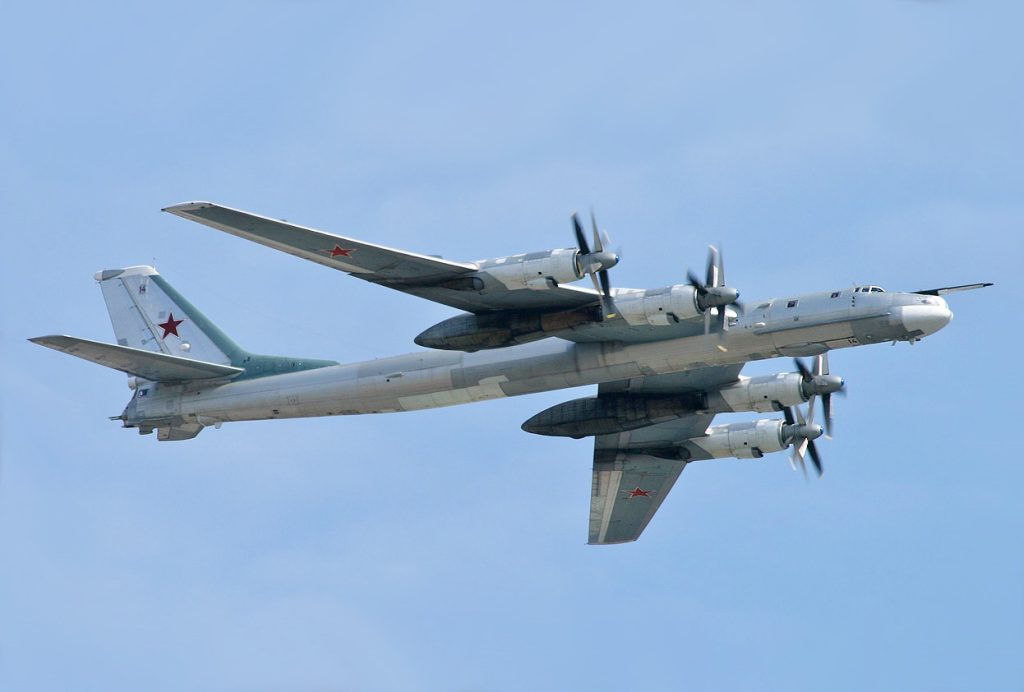
5. The Strategic Cost of Losing Irreplaceable Aircraft
Most of the planes hit during these campaigns, such as Tu-95s and Tu-22M3s, are out of production. As International Institute for Strategic Studies analyst Douglas Barrie noted, Russia lacks “any immediate ability to replace” such losses. Each lost bomber is not only a budgetary loss but also a loss of long-range strike capabilities that can take years to regenerate.
Loss of even one A-50 AWACS airplane Russia has fewer than ten sits heavily on situational awareness and command-and-control abilities. In strategic terms, these are not just blows that have repercussions far beyond the immediate battlefield.

6. Lessons in Asymmetric Warfare
The asymmetry of cost in these attacks is stark. Ukraine’s employment of cheap, battery-driven drones to knock out multi-million-dollar aircraft echoes the economics of disruption in naval war when small, nimble craft disrupted capital ships. Just as with the 1940 Battle of Taranto, when carrier-borne aircraft revolutionized naval doctrine, Spider’s Web could be a doctrinal watershed for air power.
To the world’s militaries, the message is unmistakable: resiliency and dispersal can be more important than sheer platform sophistication. Ground-based, concentrated, high-value assets are increasingly susceptible to low-cost, high-ingenuity threat attacks.

7. Implications for Global Defense Planning
The vulnerabilities exposed by Ukraine’s strikes have resonance far beyond Eastern Europe. Analysts have warned that similar tactics could threaten U.S. assets from B-2 bombers in Missouri to ships in San Diego via drones hidden in shipping containers. The democratization of strike capability through commercial technology challenges traditional procurement and basing strategies.
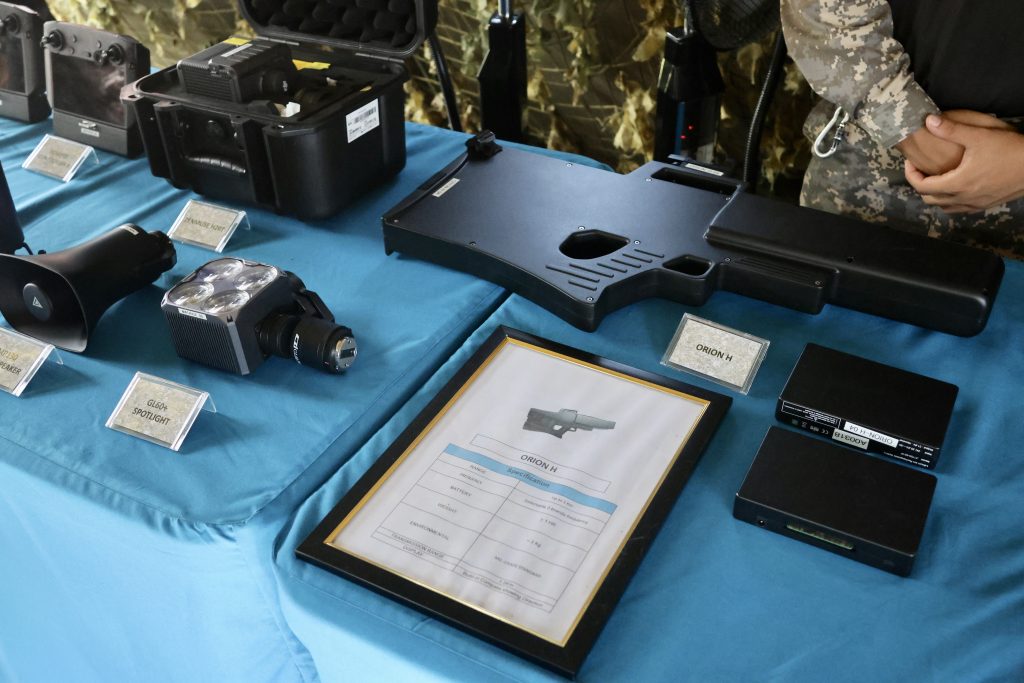
Defensive countermeasures hardened shelters, electronic warfare, rapid-response interceptors will require immediate investment. With the proliferation of inexpensive, flexible drones, the capacity to anticipate and counter them will be the determining factor in strategic advantage in the coming era of conflict.

The bombings of Rostov and the temerity of Operation Spider’s Web are more than a couple of isolated war-time incidents they are case studies in the evolving balance between cost, technology, and strategy. They demonstrate the potential of ingenuity, planning, and the exploitation of unthought-of vulnerabilities to produce disproportionate impacts against a conventionally superior opponent. For defense planners, the message is clear: in the era of AI-enabled, low-cost precision systems, the old assumptions regarding what is safe, secure, and out of reach are no longer valid.
